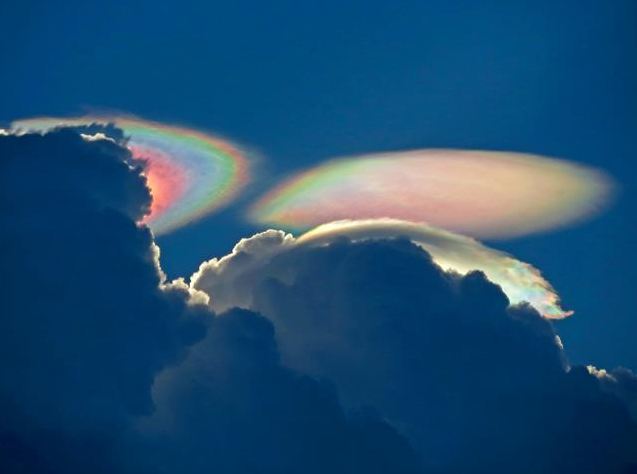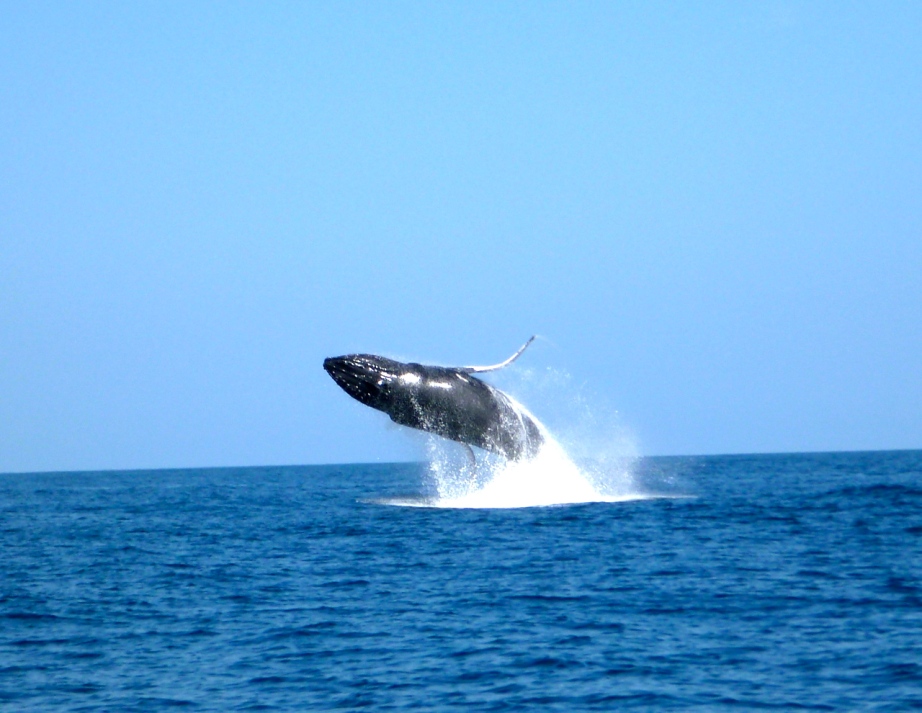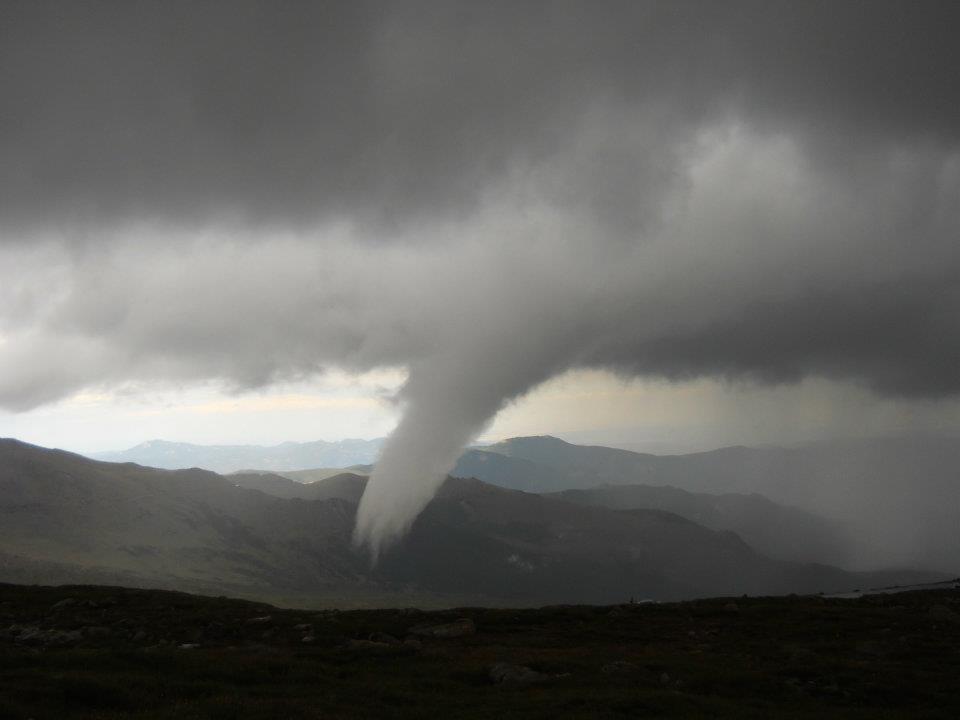Best Earth Images of the Week - Aug. 3, 2012

Double dangers at sea

NASA's Terra satellite caught Typhoon Saola and Typhoon Damrey in the same view on Aug. 1 as the former approached Taiwan and the later Japan. Both were on their way to a landfall in China.
Saola is forecast to landfall south of Shanghai on Aug. 3, while Damrey is forecast to make landfall north of Shanghai today (Aug. 2).
[Full Story: Twin Typhoons Caught in One Image]
Luminous clouds

So-called "fire rainbows" are neither on fire nor are they rainbows, but they sure are stunning.
They are technically known as iridescent clouds, a relatively rare phenomenon caused by clouds of water droplets of nearly uniform size, according to a release by NASA. These clouds diffract, or bend, light in a similar manner, which separates out light into different wavelengths, or colors.
[Full Story: Amazing Photo: 'Fire Rainbow' Over South Florida]
Splashing surprise

Melissa Pelaez was visiting Panama to do research on yellowfin tuna for her master's degree in aquaculture, the cultivation or farming of fish. One fine morning she and her University of Miami classmates set out from the Achotines Laboratory to catch adult tuna, which they planned to bring back to the station from the Pacific Ocean to breed.
But the fish weren't biting very well that morning, July 13, and after several hours Pelaez had caught only two bonitos, unappetizing baitfish. She was discouraged, hungry and lost in thought when she heard the ship's captain yell "
Twist of fate

Most of the time, Chris Kirby chases storms, but sometimes they come to him. During a drive through the mountains this Saturday afternoon (July 28) near his home in Aurora, Colo., to photograph mountain goats and test radio equipment, he got quite a surprise: a rare, high-elevation tornado.
Kirby, who's a registered storm-spotter with the National Weather Service (NWS), took a photo of the thin twister as it briefly touched down on the side of Mount Evans, he told OurAmazingPlanet. He sent his picture to weather service staff, who used maps and line-of-sight analysis to determine that the twister touched down at 11,900 feet (3,627 meters), making it the second-highest tornado ever recorded in American history, said David Barjenbruch, a meteorologist with the NWS in Boulder.
[Full Story: Rare Colorado Tornado Second-Highest in US History]
Iconic garden

London's famed Kew Gardens is celebrating the 2012 Summer Olympics with a unique take on the iconic Olympics rings plants in each of the ring's five colors.
[Full Story: Photo: London's Kew Gardens Plants Olympic Rings]
Iceberg's ahoy

A massive iceberg that recently cleaved from one of Greenland's largest glaciers has made its way down the fjord that confines it and is poised to float out into an ocean strait, satellite photos reveal.
The giant berg, about 46 square miles (120 square kilometers) in size, broke away from the Petermann Glacier in northwest Greenland on July 16. In the nearly three weeks since, the iceberg, dubbed PII-2012, has drifted some 14 miles (22 km) and rotated about 90 degrees counter-clockwise.
[Full Story: Photo Reveals Giant Greenland Iceberg Heading to Sea]
Get the world’s most fascinating discoveries delivered straight to your inbox.



